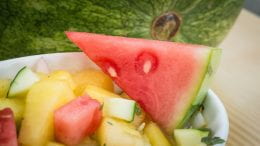The flavor and texture of vegetables can be influence by how they are cut and prepared. The difference between a whole baked sweet potato and baked slices of sweet potato can be very different.
When more surface area is exposed to heat, this helps develop more natural sugars and caramel flavors.
Cutting vegetables to roast or sauté, can take flavor to another level because of the Maillard reaction between the proteins, sugars and heat.
Experiment with different cuts and discover basic vegetables in a new way!
Source: Tufts Health & Nutrition Letter, August 2022
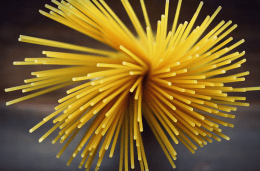
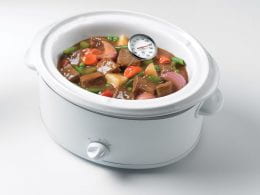
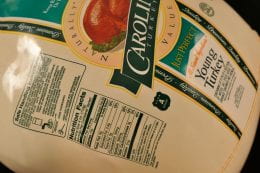
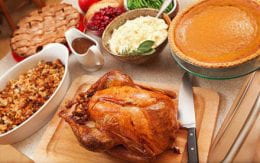 It’s almost that time of year for holiday parties and meals with family and friends.
It’s almost that time of year for holiday parties and meals with family and friends.